There are many ways to follow what's happening within the Global Systems Laboratory.
Explore what's possible.
GSL MEDIA SOURCES
All the ways to keep you with the most up-to-date content.
Download a fact sheet, be social, build a news reader, or explore our newsletters.
Downloads
Social Channels
RSS
Copy this link to import our news feeds.https://gsl.noaa.gov/feed.xml
Quarterly Newsletter
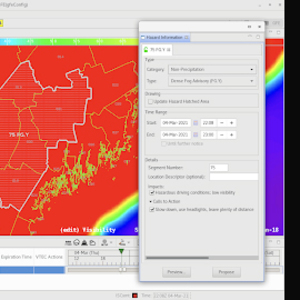
March 12, 2021
GSL Hosts Hazard Services Test
GSL researchers virtually hosted more than a dozen participants for a Functional Forecaster Assessment Test (FFAT) of new Hazard Services capabilities in late February. They used the Amazon Web Services cloud platform to evaluate the workflow to issue marine and non-precipitation weather products, along with hydrology and winter weather products...
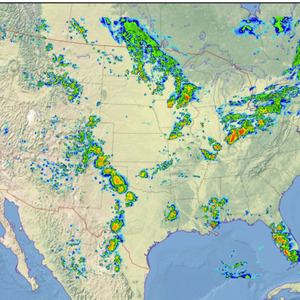
March 05, 2021
Short-range weather modeling application released to the community
Data sharing will enable new innovations in numerical weather prediction science The Global Systems Laboratory (GSL) is co-leading the release of the Unified Forecast System (UFS) Short-Range Weather (SRW) application v1.0. The UFS is a community-based, coupled, comprehensive Earth modeling system with shared science components and software infr...
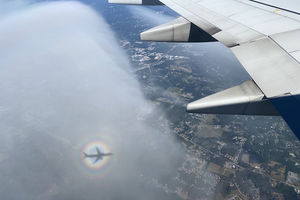
February 03, 2021
GSL Seminar: Commercial-Aircraft-Based Weather Observations for NWP: Data Coverage, Forecast Impacts, and COVID-19
GSL/CIRES scientist Eric James gave a seminar "Commercial-Aircraft-Based Weather Observations for NWP: Data Coverage, Forecast Impacts, and COVID-19."Click here for a link to the recorded presentation.Click here for the slides.Weather observations from commercial aircraft constitute an essential component of the global observing system and have ...
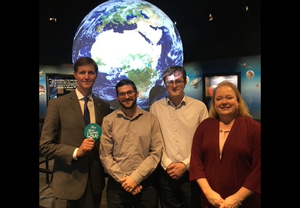
February 12, 2021
Science On a Sphere® receives commendation letter
SOS Team Commendation Letter.pdfJanuary 20, 2021Dear Members of NOAA’s Science on a Sphere Team,I am delighted to commend you for your superior performance in building NOAA’s Science On a Sphere (SOS) community. The SOS is NOAA’s most far-reaching and dynamic education and outreach tool. It is a tremendous technology for engaging the public in u...
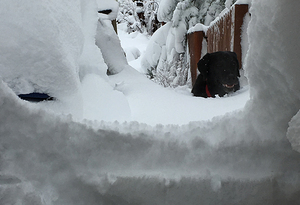
January 28, 2021
500K people in NE U.S. receive their first live winter weather product from Hazard Services
On January 26 around half a million people in southwestern New Hampshire received their first live Winter Weather Advisory from the Hazard Services software (see attached).The GYZ (Portland/Gray, Maine) NWS office was one of a limited number that tested and evaluated new GSL Hazard Services Winter Weather Watch/Warning/Advisory (WWA) capabilitie...
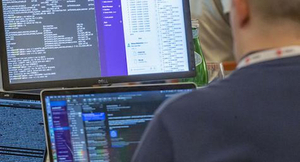
January 20, 2021
GSL participates in a GPU Hackathon
Scientists around the world and at GSL are working on fundamental changes to computer code to improve the computational efficiency of weather models. In early December 2020, four GSL researchers participated in intensive “hacking” sessions with mentors from NVIDIA and Lawrence Livermore National Labs to accelerate their computer code towards an ...




